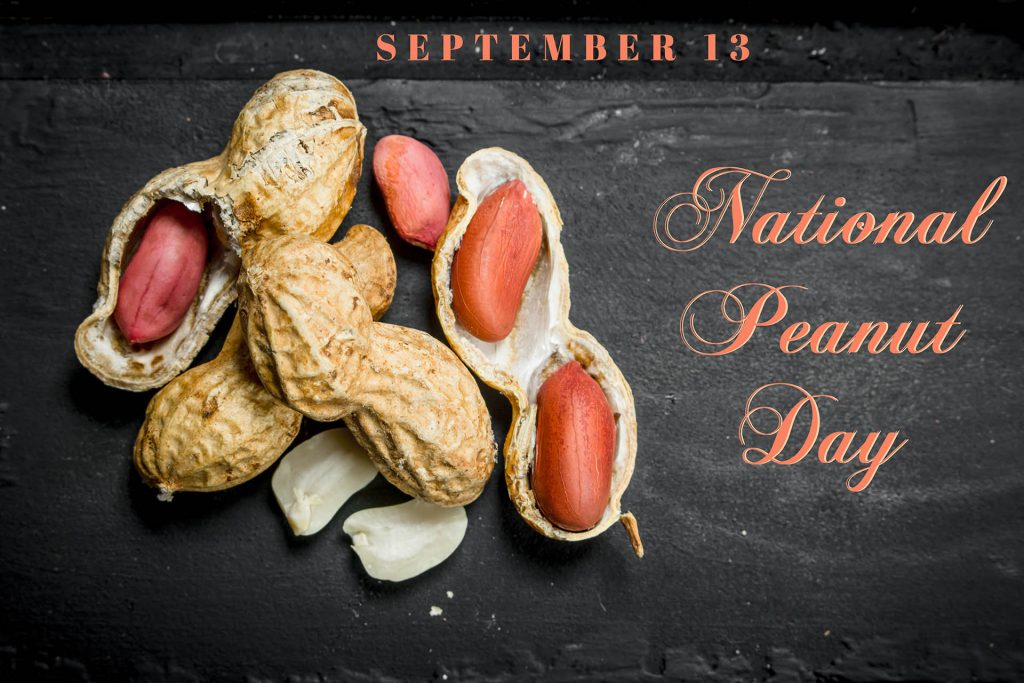September 13 marks National Peanut Day, a celebration recognizing one of the world’s most versatile and nutritious foods. Interestingly, despite its name, the peanut isn’t technically a nut; it belongs to the legume family, which also includes beans, lentils, and peas, and grows underground, similar to potatoes.
Originating over 3,500 years ago in South America, peanuts were initially cultivated by ancient civilizations such as the Incas, who reportedly used them in religious ceremonies. Known for their impressive nutritional profile, peanuts deliver about 8 grams of protein per ounce, surpassing many other commonly consumed nuts. Additionally, peanuts are rich in essential nutrients, including antioxidants, vitamins E and B6, and key minerals such as magnesium, iron, and zinc. They also enhance nutrient absorption when paired with other healthy foods.
Historically, peanuts were labor-intensive crops mainly used for livestock feed. However, advancements in farming technology significantly increased their popularity. The widespread consumption of peanuts can be traced back to soldiers during the American Civil War and spectators at PT Barnum’s circus. Eventually, the peanut industry was revolutionized by the introduction of mechanical planting and harvesting equipment.
Dr. George Washington Carver significantly impacted the peanut’s prominence in agriculture. Following devastation caused by the boll weevil to the cotton crops in the Southern United States, Carver encouraged farmers to diversify their crops by cultivating peanuts. His extensive research and innovative approaches led to numerous practical uses for peanuts, detailed in his influential 1916 publication “How to Grow the Peanut and 105 Ways of Preparing it for Human Consumption.” His groundbreaking work extended to applications such as shaving cream, cosmetics, plastics, and even coffee substitutes.
Today, peanuts are celebrated not only for their nutritional value but also for their environmental benefits. Peanuts require considerably less water to grow than other nuts like almonds and improve soil quality through their nitrogen-fixing properties.
Interesting Peanut Facts:
- Not Actually a Nut: Peanuts belong to the legume family.
- Protein Rich: Contain more protein per ounce than most nuts.
- Historical Significance: Cultivated for over 3,500 years.
- Popular in America: Average American consumes about 7 pounds of peanuts annually.
- Space Tradition: NASA considers peanuts a good luck charm for missions since Apollo 12.
- Eco-Friendly Crop: Require less water and improve soil quality.
- Dr. Carver’s Legacy: Vital in promoting peanut farming after cotton crop devastation.
- Nutrient-Dense: Rich in vitamins, minerals, and antioxidants.
- Industrial Uses: Tested as fuel alternative in early diesel engines.
- World Record: Largest peanut butter and jelly sandwich weighed 1,342 pounds, made in Texas in 2010.
As National Peanut Day approaches, it’s an ideal time to recognize and appreciate the peanut’s vast contributions to nutrition, agriculture, and history.


